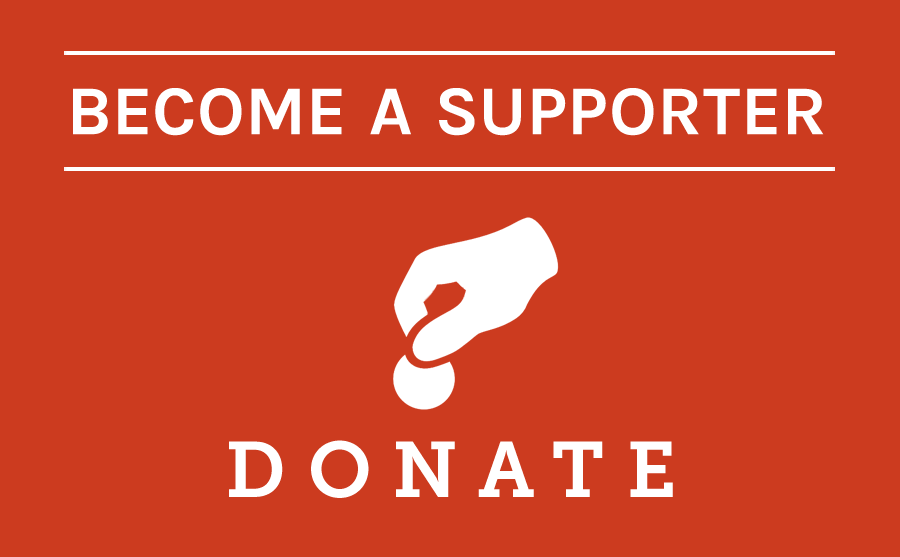Why Do You Get Blisters on Your Back Heels
We sent you SMS, for complete subscription please reply.


SCIENCE — Health and Fitness
Have You Ever Wondered...
- Why do we get blisters?
- What is a blister?
- How should you treat blisters?
Remember those new shoes you got for school? Or those new running shoes you bought for track? Or those new soccer cleats you just had to have before the new season started?
There's nothing quite like a fresh new pair of kicks to make you feel your best. You slide your feet into them and strut your stuff at school, on the track, or on the field. But by the end of the day or the close of practice, your feet might be hurting.
In fact, you might have a very painful area around your ankle that burns and hurts to touch. What's going on here? Chances are those new shoes may have given you a blister!
A blister is a skin condition in which friction from two surfaces rubbing together causes an area of skin to become raised with a watery liquid just beneath the skin. They're basically fluid-filled bumps that look like bubbles.
Blisters are most common on the hands and feet. Rubbing and pressure from new shoes or shoes that are too tight often cause blisters on the toes and ankles.
You might also get blisters on your hands if you're working with a tool repeatedly. For example, if you rake the leaves in your yard, you might get a blister on your hand from where the rake handle repeatedly rubs the skin of your hand in the same spot.
Most blisters heal on their own, but they can get infected if you're not careful. If you get a blister, follow the suggestions in the Try It Out section and make sure you tell an adult, so you can be sure that you don't need to see a doctor.
The best way to handle blisters is to avoid them in the first place. If you're going to be doing repetitive work with some kind of tool, such as a hammer or a shovel, wear gloves to protect your hands from the repeated rubbing that causes blisters.
As for your feet, make sure that you buy shoes that are the correct size. When your shoes are brand new, break them in slowly. Wear them for a while and then switch back to an older pair. Over time, your feet will get used to them and you can avoid getting those painful blisters!
Wonder What's Next?
Tomorrow's Wonder of the Day takes a closer look at the open road!
Try It Out
Yikes! We hope today's Wonder of the Day didn't rub you the wrong way! Keep exploring by checking out one or more of the following activities with a friend or family member:
- Can blisters ever be a good thing? Maybe…especially when they're not on your skin! Clever scientists took the idea behind a blister and applied it with the help of modern technology to create a special type of safety packaging known as Blister Packaging. How cool is that? Watch the video to see examples of medicine being packaged in blister packaging.
- Blisters often result from specific skin allergies and irritations, such as chickenpox and poison ivy. Revisit past Wonder of the Day What Does Poison Ivy Look Like? to learn more about poison ivy, including how to identify and avoid it. If you're successful, you'll avoid some painful blisters in the future!
- So you've got a blister. What do you do now? Do you need to go to the doctor? Probably not! But you should check with an adult just to make sure. Here are some ways you can treat a blister at home. Before you know it, you'll be healed and back in action!
- Small blisters will usually heal on their own without you needing to do anything. Any time you get a blister, though, be sure to stop whatever activity it was that caused the blister until it heals.
- Leave blisters uncovered unless they are in an area where they will be rubbed and irritated further. In that case, cover them with a loose bandage.
- If you have a larger blister that needs to be drained to heal properly, get help from an adult. Never touch a blister without first washing your hands with soap and water. Also, never tear the skin off of a blister unless the blister is becoming infected. If that happens, you may want to see a doctor or use an antibiotic topical cream to help heal the infection.
Did you get it?
Test your knowledge
Related Wonders for You to Explore


Quit Select a Word
Quit
Drag a word to its definition
Word Match
Select a Wonder Word:
watery
friction
hammer
infected
repetitive
repeatedly
treat
pressure
blister
ankle
Word Match
Congratulations!
You've matched all of the definitions correctly.
Exit
Quiz Results
Not Bad
You have answered 0 of 3 questions correctly and your score is:
Share Results
Spread the Joy of Wonder
GET YOUR WONDER DAILY
Subscribe to Wonderopolis and receive the Wonder of the Day® via email or SMS
Join the Buzz
Don't miss our special deals, gifts and promotions. Be the first to know!
Why Do You Get Blisters on Your Back Heels
Source: https://wonderopolis.org/wonder/why-do-we-get-blisters
0 Response to "Why Do You Get Blisters on Your Back Heels"
Post a Comment